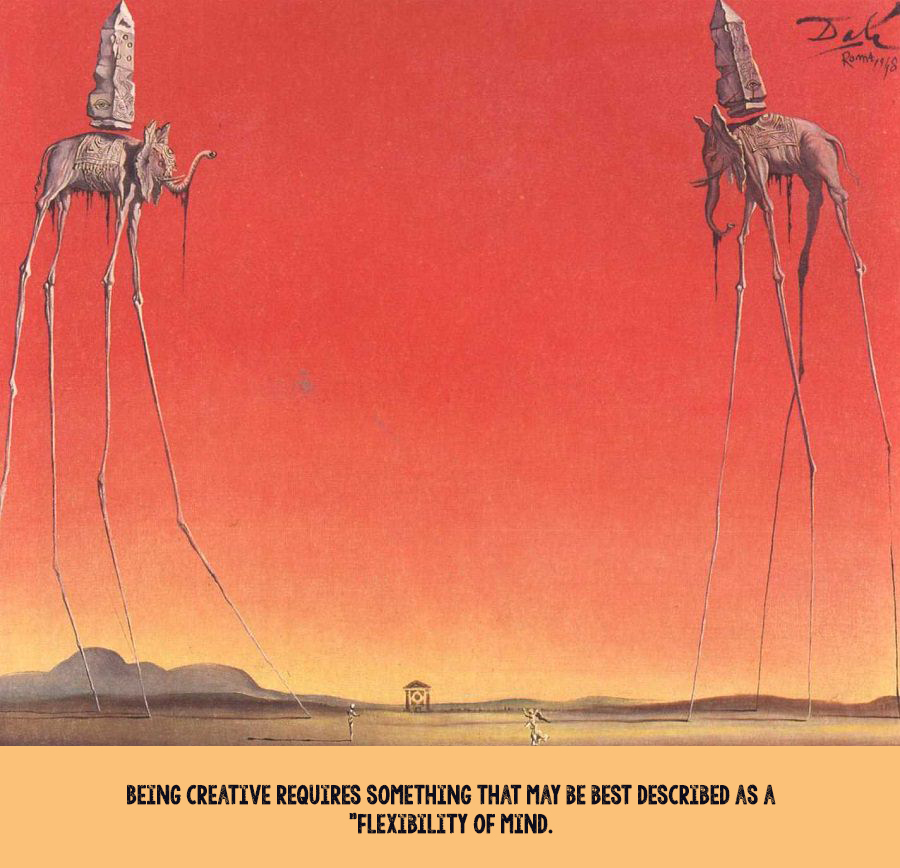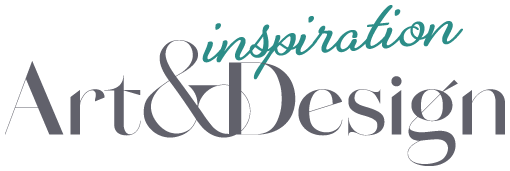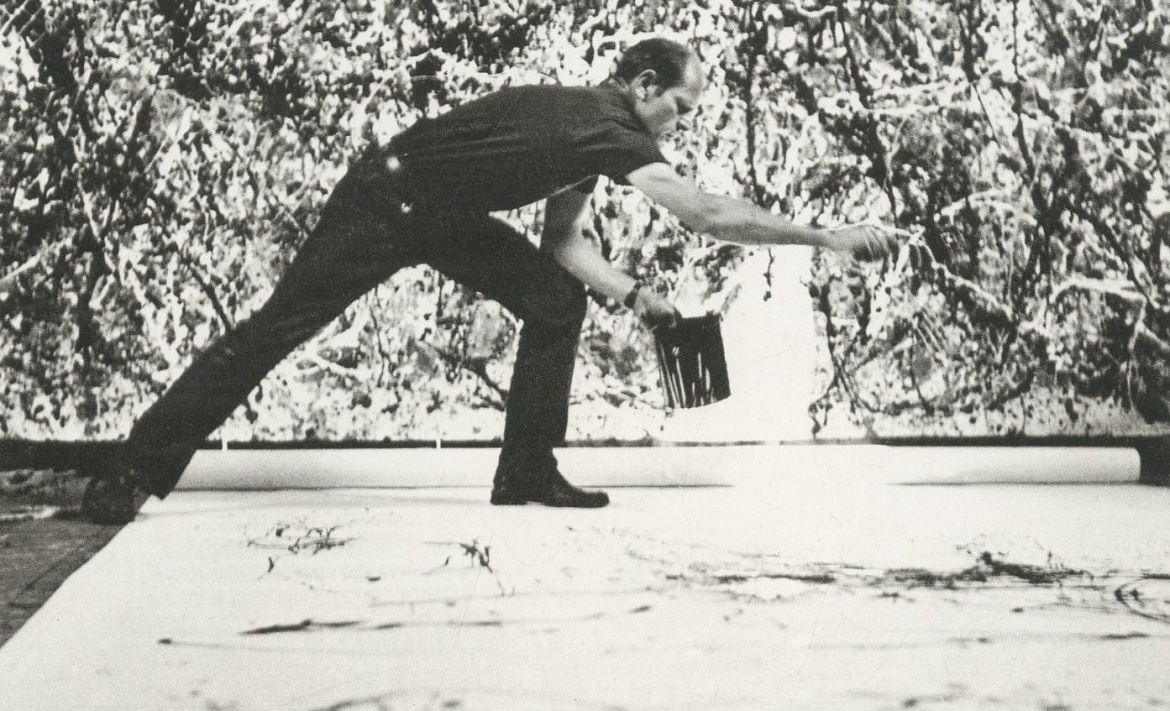What is the Creative Process?
The Creative Process in Art
Artists are those who create much more than those oil, charcoal, or acrylics hanging on the wall – they’re musicians, poets, photographers, even those who dabble in web design or creating inspiring spaces in homes. Creativity is a quality not found in everyone, one that’s difficult to understand for those who feel like they don’t have a creative bone in their bodies. So, what exactly does turn an artist on in terms of the creative process?
Being creative requires something that may be best described as a “flexibility of mind.” Studies over the years have proven that those who are more creative than most are usually free spirits, those who are less inhibited or controlled but love spontaneity and expressing their emotions or feelings.

The Five Stages of the Creative Process
For our purpose in this article we’ll focus on the art of painting or creating visual art. According to some there are five “stages” in the creative process, and not all five always go forward in a certain order. These five stages include inspiration, percolation, preparation, creation, and reflection.
Inspiration
Inspiration can be found nearly anywhere for those who are creative, whether in nature, people, even a life event. What’s funny is that inspiration can strike at any time, even in the middle of the night. Something may inspire you at the time you least expect it, sparking that “creative” moment that you know you have to toss it around in your mind and figure out just how you can capture it. Which brings us to . . .
Percolation
Most artists find that before they can actually create a work of art, there’s lots of things to do and think about. Maybe it’s taking some time for your idea to fully develop, refining your idea, or drawing out sketch after sketch to create the final piece on an initial whim.
Getting Prepared
Once an artist has been inspired and “percolates” (which is defined as penetrates gradually or filters) an idea and settles on how to move forward, it’s time to decide what tools are necessary to make it happen. This doesn’t only include a canvas or colored pencils, oil or acrylic paints, the right brushes, charcoal, and a soothing, quiet space with no distractions, but making rough sketches or a blueprint, organizing your space and supplies. Getting completed organized and prepared is key to creativity!

Creation Stage
The creation stage is where your ideas and visualizations finally come together, although the time it takes can vary enormously from one person to another. Creating what you’ve envisioned may take a few days, a few weeks, a few months, or even longer. Often the creation process depends on the medium, how fine the details will be, even your focus, available time, and temperament or artistic style. One thing is for certain – you never want to rush the creation stage. In the end, you want what you’ve created to be as meaningful, inspirational, engaging, and beautiful to others as it is to you. Art often has a far deeper meaning than most people realize.
Now it’s time to reflect on your creation, which makes every artist experience different emotions. You may feel “spent,” proud, relieved, accomplished, or even a bit depressed, which is normal. Saying that, there really is no “normal” when it comes to creating art!
The truth is the creative process is different for every person, which is what makes every artist unique in his or her own way. No two people think alike, or envision their creations in the same way. Be proud of your work and enjoy the process, time, and effort into what you consider making art for others to enjoy!






